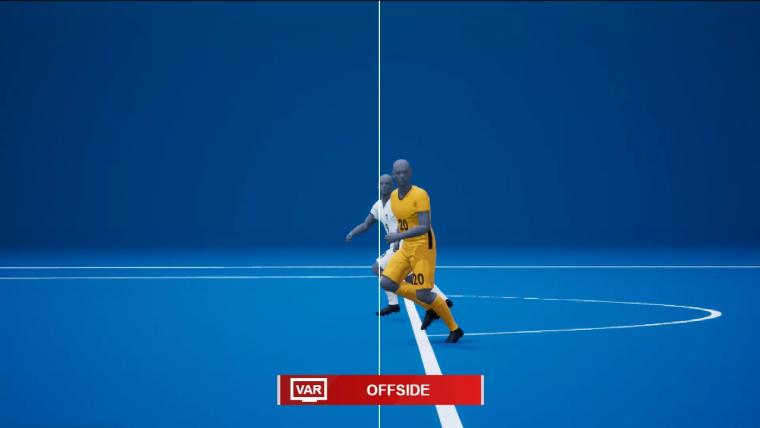Introduction of Semi-Automated Offside Technology in the Premier League
In the summer of 2024, the Premier League made a significant technological advancement with the announcement that semi-automated offside technology (SAOT) would be introduced from the 2024/25 season, set to debut in September or October. The decision came in response to the numerous criticisms leveled at the existing VAR (Video Assistant Referee) system, particularly regarding the time taken for offside checks, the lack of transparency for fans in the stadium, and errors in decision-making. A notable incident early in the 2023/24 season highlighted the need for this change, when Liverpool’s Luis Diaz scored a legitimate goal against Tottenham Hotspur, only to see it disallowed due to a miscommunication among the officials.
The Transition from Hawk-Eye to SAOT
Previously, the Premier League relied on the Hawk-Eye system, which used a gridline or crosshair approach, incorporating calibrated cameras around the pitch to determine offside positions. However, starting from the 2024/25 season, this system was to be replaced by SAOT, a technology already in use in the UEFA Champions League and major international tournaments. The Premier League’s official statement emphasized the potential benefits of SAOT, including quicker and more consistent placement of the virtual offside line and high-quality broadcast graphics to enhance the viewing experience for both in-stadium and broadcast audiences.
Delays and Challenges in Implementation
Despite the initial timeline, the rollout of SAOT has faced significant delays. The primary reason for the delay is the need for the implementing company to conduct extensive tests to ensure the reliability of the technology once the necessary cameras have been installed in top-flight grounds, a process that is time-consuming. While extensive trials and analysis have been conducted, the Premier League is committed to only deploying the technology once it is 100% accurate. A high-profile incident in November 2024, where Robert Lewandowski of Barcelona was controversially judged offside in a match against Real Sociedad, further raised concerns about the accuracy of the system. The replay review showed that the technology may have confused various body parts during the tussle, leading to the incorrect offside call.
Premier League’s Commitment to Accuracy
Premier League CEO Tony Scholes addressed the delays in a call with U.S. media in early February 2025, stating that the league hopes to have the technology in place for use by the start of the 2025/26 season, though it could potentially be sooner. The league is conducting offline trials during EPL matches throughout the 2024/25 season, and will continue to do so until they are confident that the technology is fully reliable. The FA, however, decided to move forward with the technology, introducing the system for the fifth round of the FA Cup in early March 2025, demonstrating a more aggressive approach to innovation.
How SAOT Works and Its Benefits
The technology behind SAOT is designed to streamline the offside decision-making process by eliminating the need for VAR officials to draw grid lines on still images. Instead, special cameras track several points on players’ bodies, and a chip embedded in the matchball helps generate 3D images to determine whether attacking players are offside or not. This advanced system aims to speed up the process of goal reviews and drastically reduce the risk of human error. The use of SAOT is expected to reduce decision-making time by approximately 30 seconds per incident. During the 2022 World Cup in Qatar, a version of this technology reduced the average time for offside decisions to 25 seconds. Similar versions are already in use in Serie A and will be introduced in La Liga from the 2024/25 season.
Future Outlook and Impact on the Game
The introduction of SAOT represents a significant step forward for the Premier League, promising to enhance the accuracy and efficiency of offside decisions. While the technology has faced delays and challenges, the league remains committed to its successful implementation. The FA’s decision to introduce SAOT in the FA Cup is a positive indicator of the technology’s potential. As the Premier League continues to conduct offline trials, the hope is that SAOT will ultimately provide a fairer and more transparent experience for players, fans, and officials alike, ensuring that decisions are made with the precision and speed that modern football demands.











